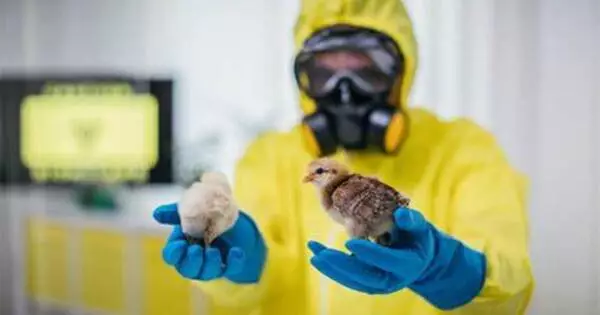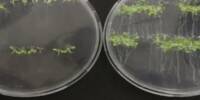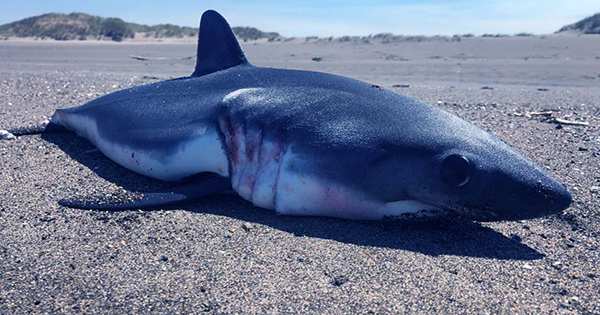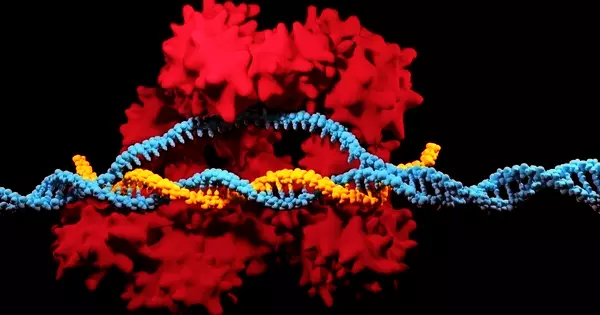Staying prepared for potential pandemics is critical, and bird flu, also known as avian influenza, is one of the viruses that researchers have been actively monitoring and investigating. Avian influenza viruses primarily infect birds, but some strains can be transmitted to humans, raising fears of pandemics.
Researchers from the University of Pittsburgh and the National Institutes of Health (NIH) Vaccine Research Center have devised a better method for testing prospective avian flu vaccinations. The study was published in the journal iScience this week.
Concerning news of avian flu outbreaks at poultry operations across the country and overseas underscore the growing need for a safe and effective vaccine that could prevent the virus from spreading from human to human. To be able to test promising vaccine candidates safely and quickly, researchers created an animal model that more closely replicates the common symptoms of human illness than any other model to yet. This preemptive approach reduces the processes required in a crisis to quickly validate and distribute a new vaccination.
The COVID-19 pandemic got people to realize that it is not enough to respond to a pandemic when it happens. We really need to make sure that we are ready before it is here.
Doug Reed
“The COVID-19 pandemic got people to realize that it is not enough to respond to a pandemic when it happens. We really need to make sure that we are ready before it is here,” said co-senior author Doug Reed, Ph.D., associate professor of immunology at Pitt’s Center for Vaccine Research.
Bird flu, caused by the H5N1 influenza virus, is mostly spread by migratory wild birds and has the potential to wipe out poultry populations such as chickens and ducks. Despite the fact that the virus has infected people, previous infections have not moved rapidly from person to person. However, confirmed occurrences of H5N1 spreading in animal populations ranging from minks to sea lions and dolphins raise concerns regarding human-to-human transmission.
People who are infected with the H5N1 virus can develop acute respiratory distress syndrome, or ARDS, which causes short, laborious breathing. More than half of people infected with H5N1 die. To verify that a future vaccine is protective, the researchers turned to macaques, which have human-like anatomy and physiology, making them an ideal model for testing life-saving drugs.
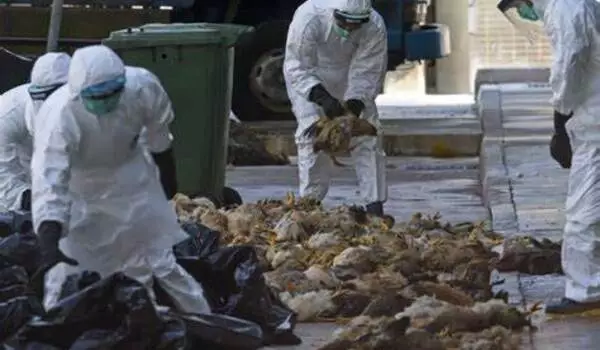
Reed and his collaborator, Simon Barratt-Boyes, Ph.D., professor of infectious diseases and microbiology at the University of Pittsburgh School of Public Health, reasoned that delivering the H5N1 virus by small particle aerosol would increase the virus’s ability to reach deep into the lung and imitate natural exposure. They initially exhibited this aerosolized infection model in a 2017 study.
They modified their model and tested whether a seasonal flu vaccine that protects against human influenza A and B viruses, given three times with an experimental adjuvant, may prevent ARDS after exposure to aerosolized H5N1 virus.
All of the monkeys who received the adjuvanted seasonal flu vaccine survived, and there were low but detectable levels of neutralizing antibodies against H5N1 in their blood samples, the quantity of which was inversely associated with the severity of their symptoms.
While the researchers stress that their findings do not imply that a seasonal flu vaccine may effectively protect against bird flu, they are confident that the protective efficacy of future H5N1 vaccines can be studied and delivered more quickly using this model.
“The original idea behind this work was more than 20 years in the making,” Reed stated. “Now there is a path forward to get people protected against this devastating disease.”
